People who clean their homes regularly proudly assume their homes to be spic and span. However, even in the best-kept homes, certain areas are often neglected regarding cleaning, repairs, or maintenance. Many of these parts will fail the test if a home inspection is scheduled. Some of these areas can become significant or costly problems if ignored for long.
As per a survey of 2000 Americans, it was found that an average American spends 5 hours a week cleaning their home. However, it’s still not enough.
Window Ledges

Over time, window ledges can accumulate dirt, dust, spider webs, and moisture, leading to mold and rot. Water can seep into the walls if not correctly sealed, causing significant damage, especially in older homes. Inspectors will look for signs of peeling paint, cracking caulk, swelling wood, and water stains.
False Ceilings

False ceilings hide electrical wiring and plumbing. They are not easy to clean regularly, so they collect dust over time. Furthermore, if improperly installed or neglected, they can become a hazard. Inspectors will check for sagging panels that can pose safety risks, water damage, and signs of pests, leading to more significant structural problems.
Bathroom Drains

Bathroom drains are prone to clogs and leaks. Over time, organic waste, soap scum, and hair can accumulate and stick along the pipes, causing drains to clog. Slow drains can indicate underlying plumbing issues or accumulation of organic matter. Inspectors will test for proper drainage and look for signs of water stains around the fixtures, which indicate leaks.
Under The Sink
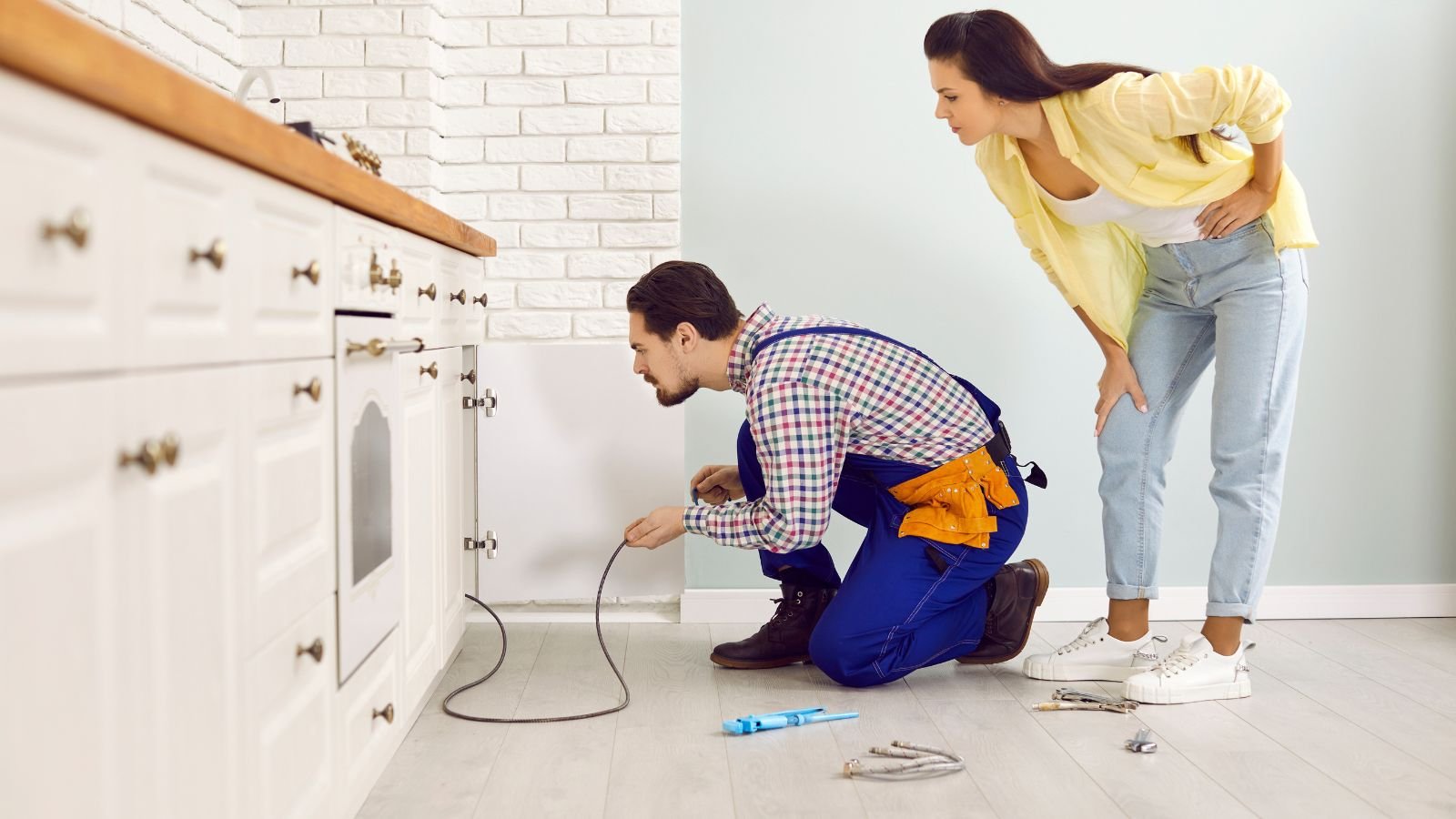
The space under your kitchen sink is often neglected. Hence, it attracts mold growth and usually has leakage issues. Rust, dripping pipes, condensation, and poor ventilation can all contribute to these problems. Inspectors will check for water damage, mold, and any signs of moisture-drawn pests.
Behind The Washing Machine
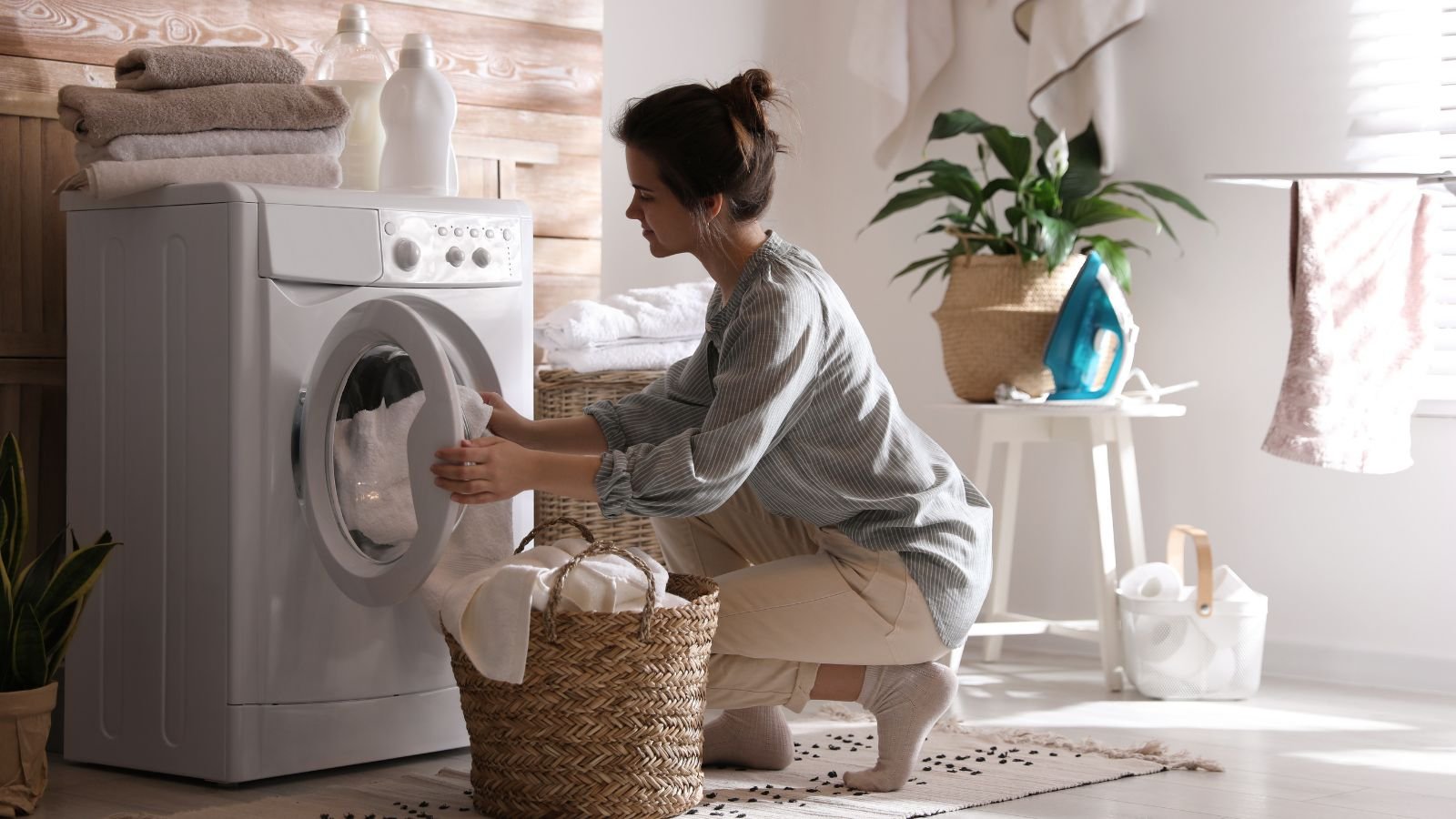
The area behind the washing machine often goes unnoticed because it is hidden and out of reach, but it can be a significant problem spot. Leaky hoses, poor ventilation, and water buildup can cause mold and mildew. Inspectors will pull out the machine to check for any hidden damage.
Under The Bed

The area under the bed is often used for storage, which is overlooked in the regular cleaning routine. Dust balls, allergens, and even pests can accumulate there. Inspectors will check for cleanliness and signs of pests, which could indicate broader issues in the home.
Attic
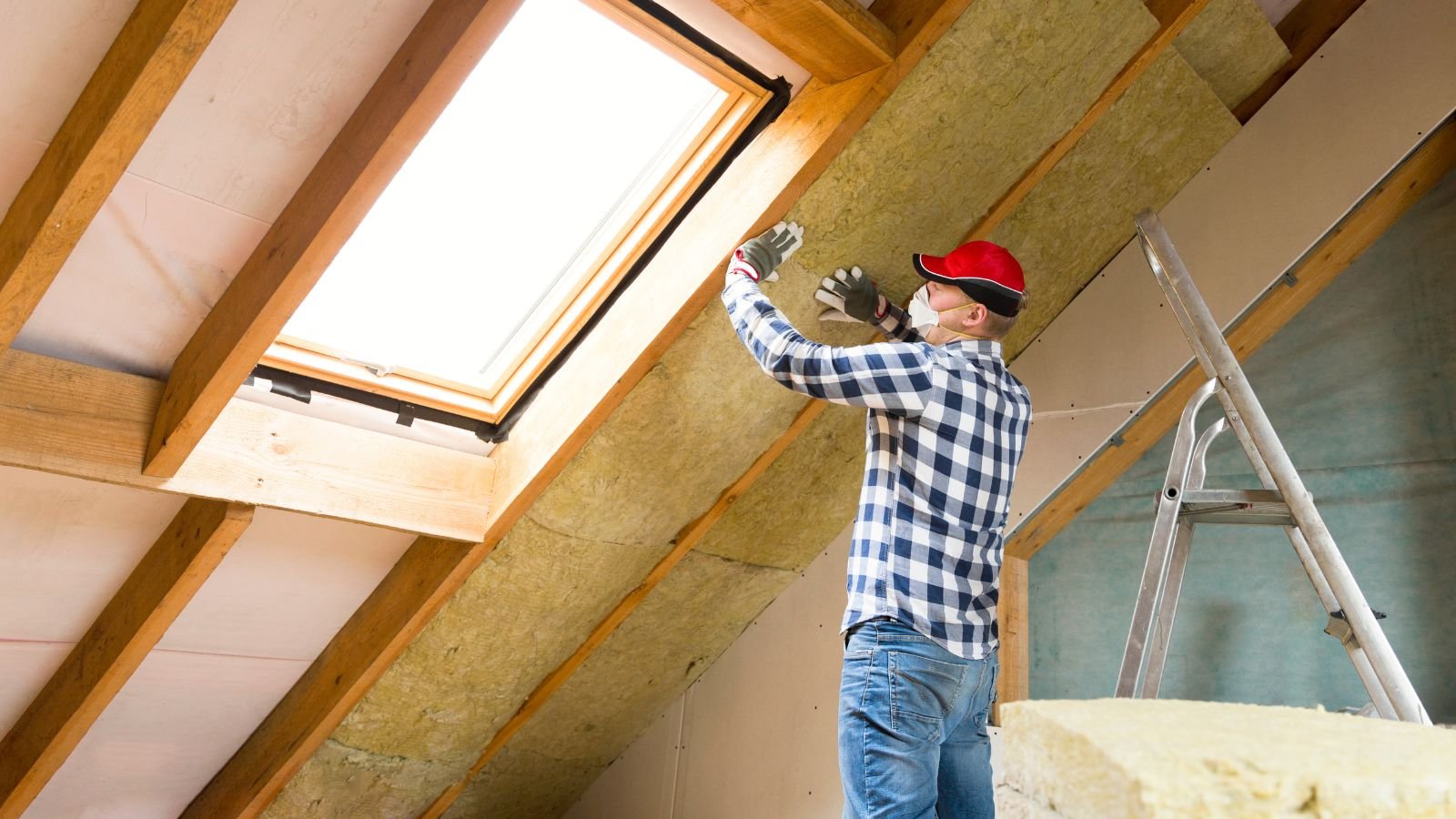
Attic plays an important role in conserving your home’s energy. However, over time, insulation can degrade or become infested with pests. Pests are a growing problem in American housing units, with data showing that 14 million housing units out of 124 million reported roaches in their homes and 14.8 million reported rodents. Inspectors will check for proper insulation levels, signs of moisture, and pest activity that could compromise its effectiveness.
Basement

Basements are prone to dampness and flooding. Poor drainage or foundation cracks can cause water to seep into your basement. Inspectors will look for water stains, mold, and cracks on pillars that could indicate more severe structural problems.
Roof

The roof protects your home from nature’s elements but can wear out over time. Missing, cracked, or curling shingles are a common issue that can lead to water seepage or leaks. Inspectors will check the condition of the roof for any signs of damage that could lead to repairs.
Outdoor Decks
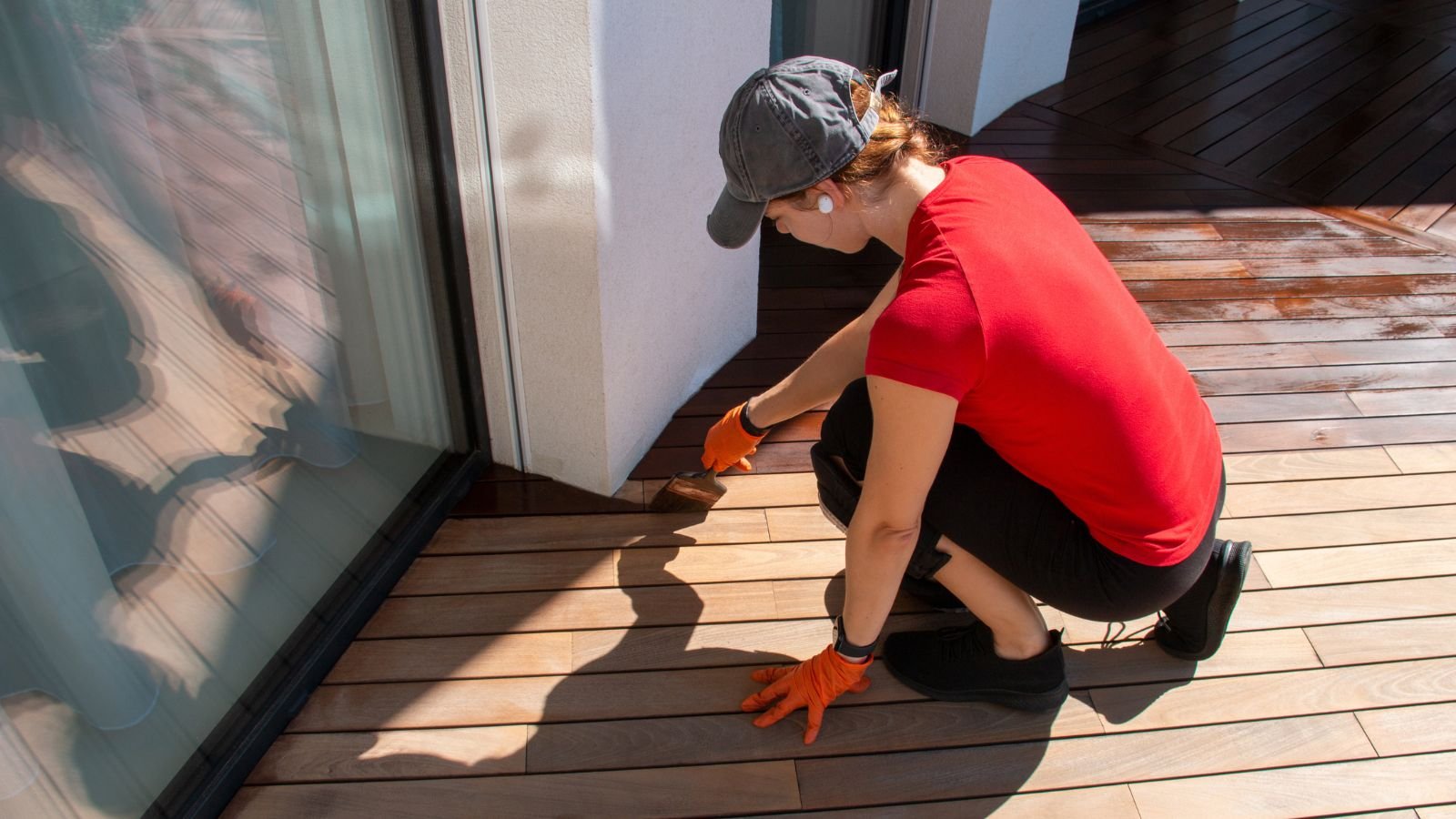
Outdoor decks are exposed to weather, making them susceptible to rot, mold, and decay. Loose boards, rusted nails, and termites can also pose safety risks. Inspectors will check the deck’s structural strength and ensure its integrity.
Chimney
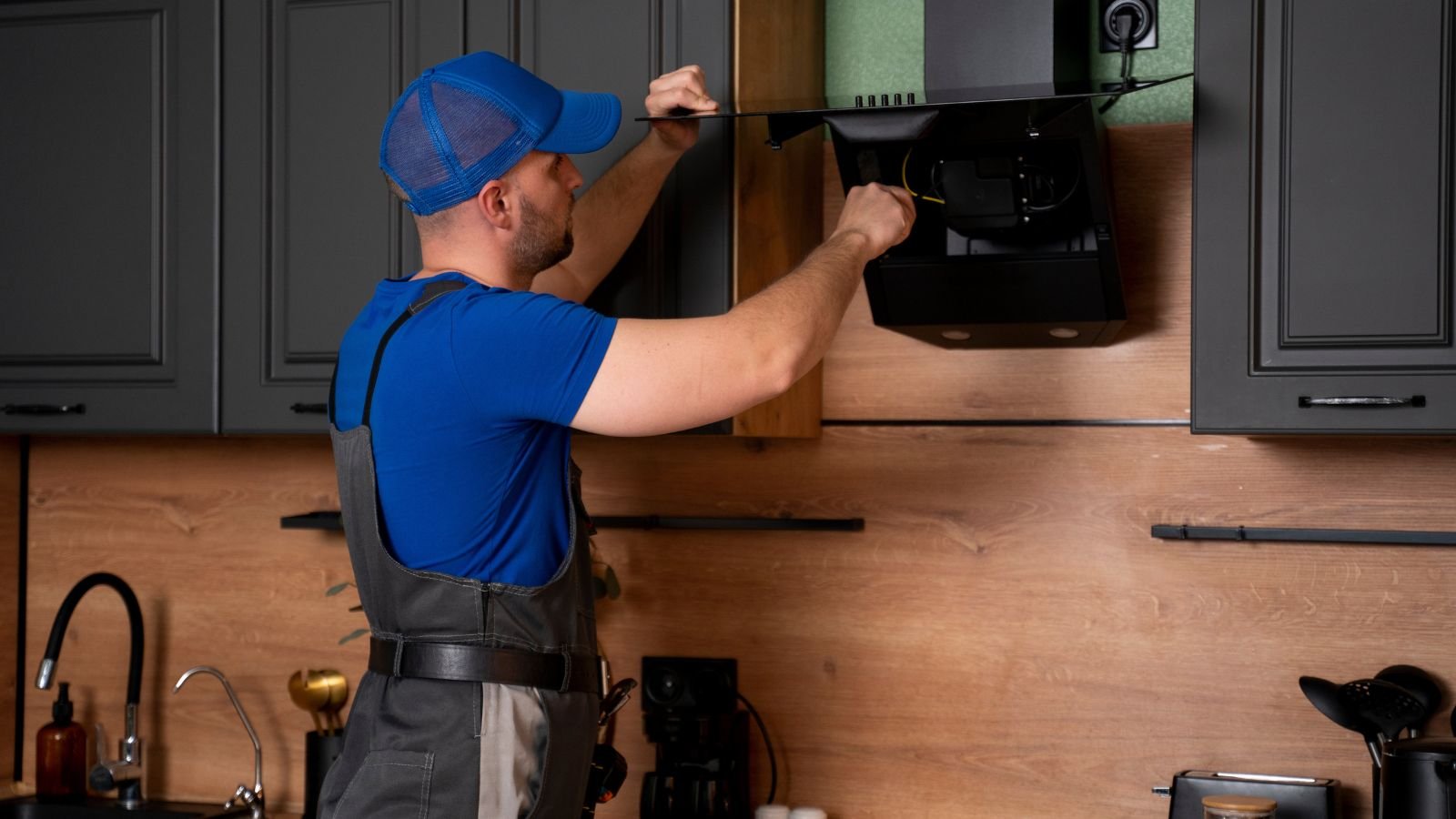
Chimneys are often overlooked because cleaning them frequently is challenging but can be a major issue during an inspection. Cracked mortar, blockages, or creosote buildup can create fire hazards. Inspectors will examine the chimney inside and out for any signs of wear or danger.
Gutters And Downspouts

Gutters and downspouts are vital for directing water away from your home, but they can quickly become clogged with fallen leaves, paper bits, hair, or bits and pieces of waste material. Clogged downspouts can lead to leakage and damage to ceilings and walls, and overflowing gutters can lead to water accumulation, damaging your home’s foundation. Inspectors will check for proper installation and signs of clogs or leaks.
Landscaping
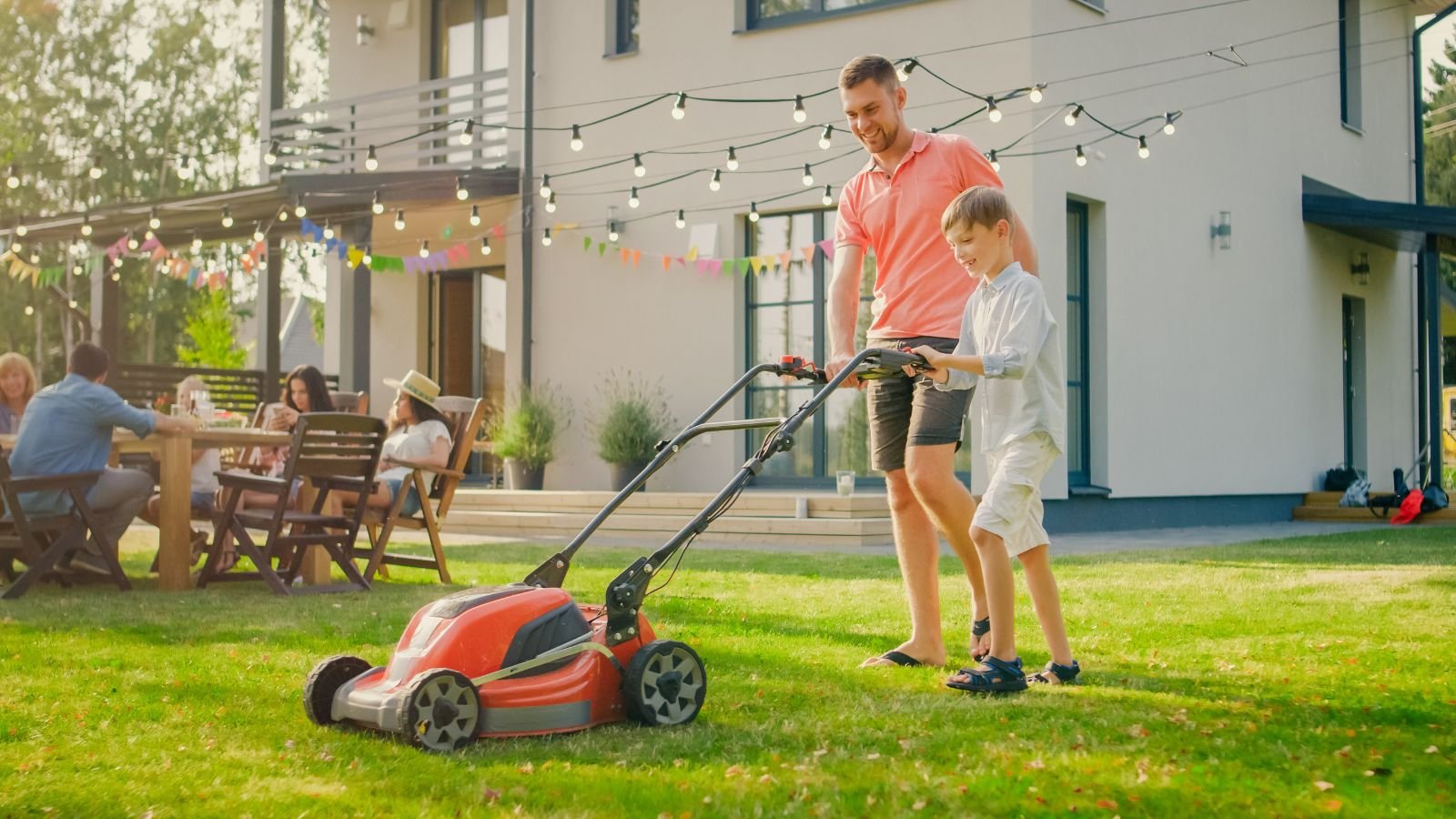
Landscaping can impact drainage. Inspectors will look for adequate slopes and drainage systems. Furthermore, they will observe if landscaping is too close to the foundation or exterior walls, which can lead to water damage.
Foundation
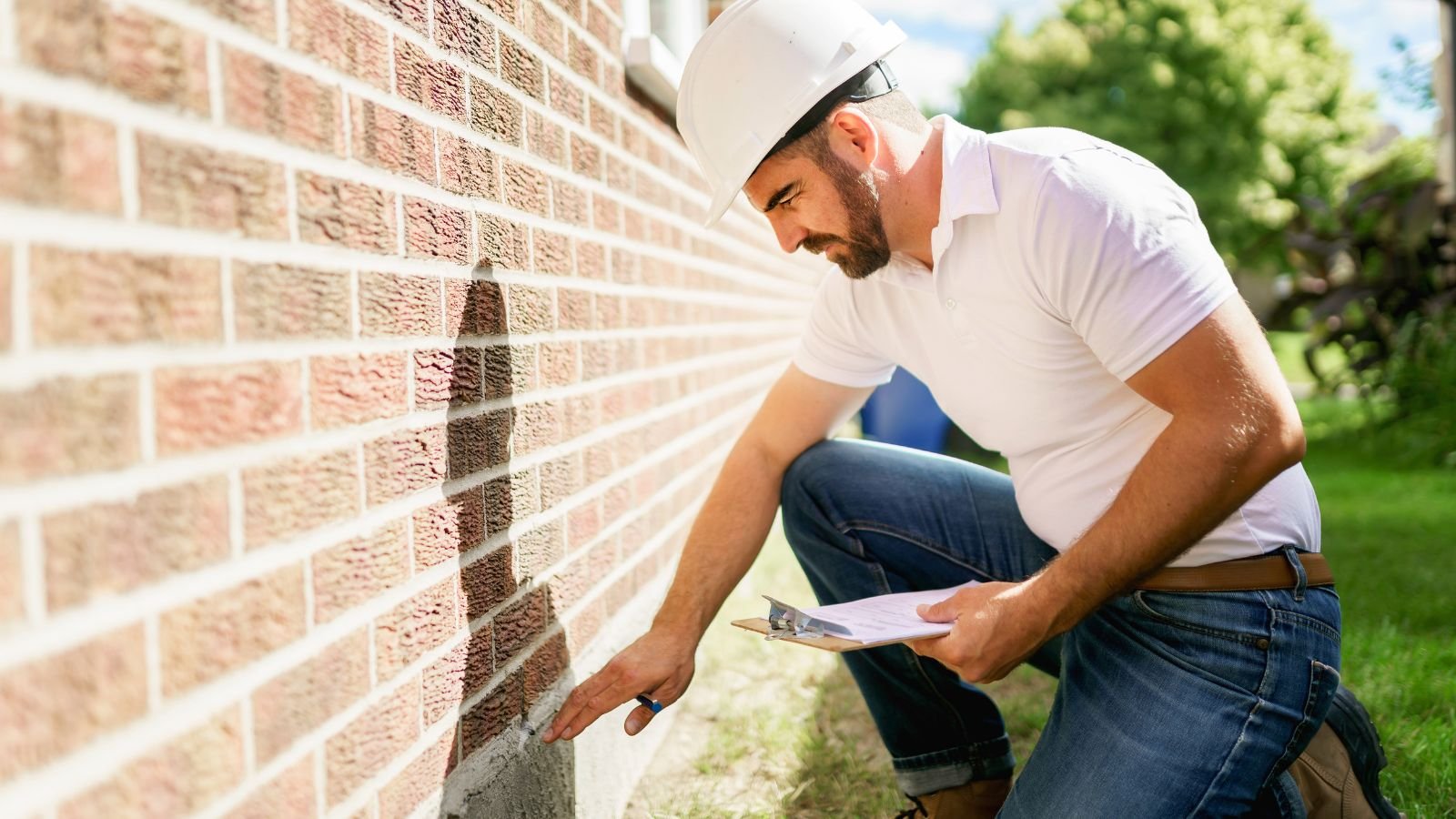
The foundation keeps your home upright and intact. Over time, shifting soil, tree roots, termites, improperly constructed upper stories, earthquakes, or water damage can cause cracks to form. If overlooked, these can lead to bigger cracks and a shaky foundation, compromising your home’s integrity. In a survey, 50% of the respondents said their home had experienced structural damage due to a pest infestation. Inspectors will look for any signs of cracks and fissures in the supporting beams and pillars.
Crawl Spaces
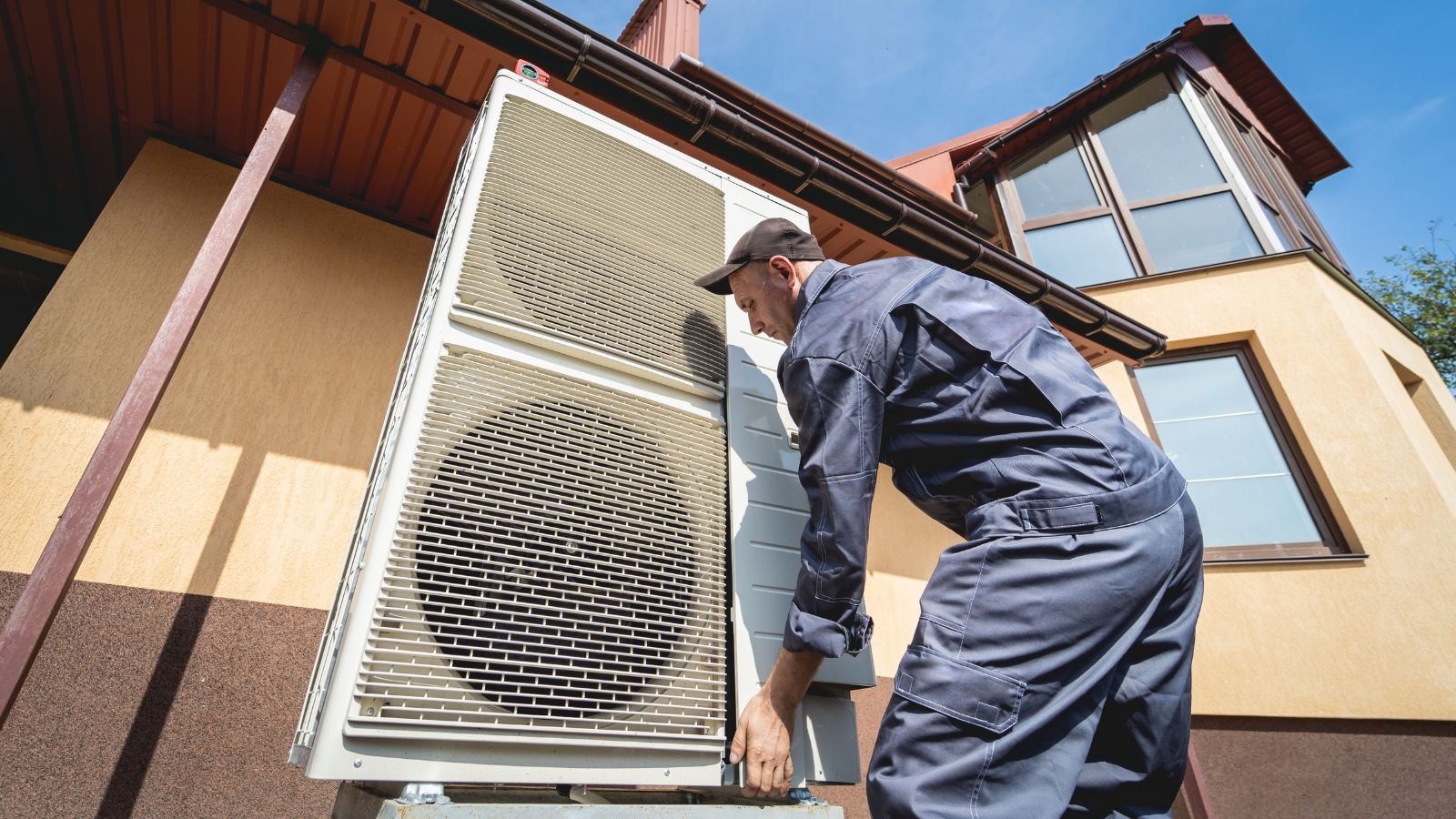
Crawl spaces, typically out of sight, can provide easy access to plumbing, electrical wiring, ductwork, and HVAC units for repair work. However, they are also a breeding ground for mold and pests. They often have poor ventilation, leading to moisture issues and structural damage over time. Inspectors will check for proper airflow, moisture traps, and visible damage.
Garage

The garage serves a lot of purposes apart from being a car park. Most people hoard their gardening tools, bikes, discarded toys and knick-knacks, old clothing, books, and boxes in the garage and forget about them. It is not only challenging to clean a full garage, but it also poses a health hazard in case of fire. Furthermore, the garage can be a hotbed for mildew, water seepage, and pests. Inspectors will assess the garage and see if it has peeling paint, water accumulation, and pest infestation.
